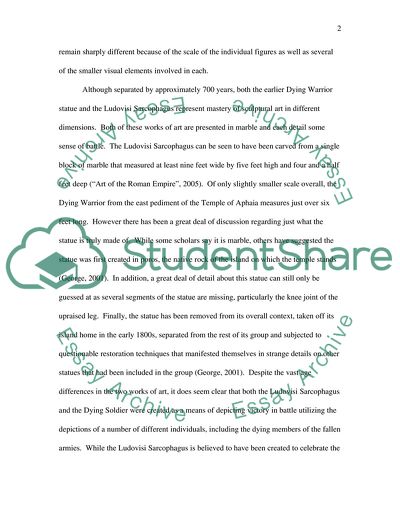Cite this document
(Art History - Greek and Roman Periods Essay Example | Topics and Well Written Essays - 1952 words, n.d.)
Art History - Greek and Roman Periods Essay Example | Topics and Well Written Essays - 1952 words. Retrieved from https://studentshare.org/performing-arts/1546880-art-history
Art History - Greek and Roman Periods Essay Example | Topics and Well Written Essays - 1952 words. Retrieved from https://studentshare.org/performing-arts/1546880-art-history
(Art History - Greek and Roman Periods Essay Example | Topics and Well Written Essays - 1952 Words)
Art History - Greek and Roman Periods Essay Example | Topics and Well Written Essays - 1952 Words. https://studentshare.org/performing-arts/1546880-art-history.
Art History - Greek and Roman Periods Essay Example | Topics and Well Written Essays - 1952 Words. https://studentshare.org/performing-arts/1546880-art-history.
“Art History - Greek and Roman Periods Essay Example | Topics and Well Written Essays - 1952 Words”, n.d. https://studentshare.org/performing-arts/1546880-art-history.


